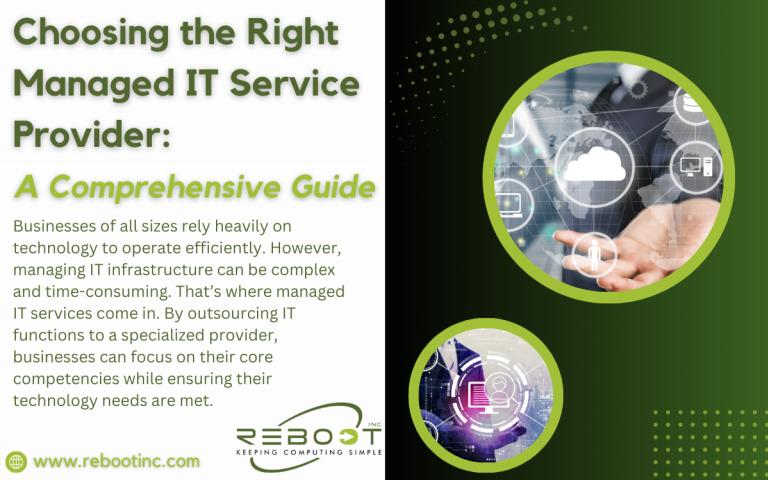Search engine optimization is ranking your website high on Google’s search engines. Many SEO executives use different strategies to rank the websites high. They use content marketing, off-page optimization, and other relevant tactics. However, one thing that many SEO executives forget is user experience. Users stay on the website if their user experience design is good. Therefore, SEO and user experience are more interconnected than we might think.
Websites should employ a holistic approach towards UI/UX or user experience. The website will succeed overall when both strategies are used synergistically with each other. The important factor is that there is a huge contribution of user experience in SEO. A website that follows all UX principles is more likely to generate traffic. It is easier to navigate and has a smooth follow-up process. Therefore, it increases a page’s dwell time, directly affecting SEO.
What is UX User Experience?
UI/UX user experience is the visual and navigational experience of a user with a website. While UI refers to the visual elements, UX refers to the feel of the website. UX measures the overall satisfaction of a user with the website’s experience. A happy user finds the website easy to navigate and visually appealing.
How SEO and UX Impact Each Other
Positive user experience gets more engagement for the website. The bounce rate of a website is reduced. Users also spend more time on the website trying to find the exact services they need. Moreover, they trust websites with a good UX user experience. They are more likely to purchase if the website looks authentic from a purchaser’s perspective.
Faster load times and quality content also contribute to high rankings. UX executives reduce the redundancies on the page by solving technical issues. They also use colour schemes for call-to-action tabs. Thus, they increase the actions of the users on the websites. This significantly improves the ranking of the website.
Key Factors to Consider for SEO-Friendly UX
SEO executives are aware of the on-page SEO user experience. They unknowingly employ these tactics in their daily audits. They also include the relevant strategies to improve the ranking. Here is a list of these factors. You should focus on them for better results.
Mobile-First Design
Many users search for products and services on their mobile devices. They search for their queries on the go. Therefore, it is important to include mobile-friendliness in the website. Mobile-friendly UX user experience causes a website and its elements to fit in a mobile device’s ratio. All the elements are clickable on the mobile.
Page Speed
The next important metric is page speed. Users often return to the search results if the page is not loading fast enough. They will move on to the next result. Hence, you will gradually lose your ranking if this issue is not fixed. You must improve the page speed of your website. It should load within 3 seconds or less.
Content Quality and Relevance
High-quality content impacts both user experience and SEO. Content engages the audience. It makes them feel emotions and causes them to take action. Other elements like design and responsiveness play a psychological role. However, content is the ultimate deciding factor. Hence, your content should be informative to the user.
Clear Navigation and User-Friendly Layout
A well-organized layout affects UI/UX user experience. Your website should be easy to navigate. You should include all the relevant information in one place. You should also know how to redirect the audience to something they are searching for. Hence, invest a good amount of time in the UX design of your website.
Accessibility
The last important factor is making your website accessible to other people. Your user base might have a lower reading level than you imagine. Otherwise, they might need to learn English. You should add vernacular texts for such audiences. There are also people with vision problems who might not read your website. Hence, you should use alt texts and audio content on the website.
Best Practices for Optimizing SEO and UX
There are certain best practices in SEO and user experience that a website should follow. You and your team should include all these strategies in your website. Only then will it rank better compared to your competitors.
Keyword Research and Optimization
Use relevant keywords in your content. Google’s crawler identifies these keywords. Hence, you should use keywords that are directly related to your services. Your users typically search for these keywords when looking for a service. Hence, it should appear in your content. You also need to use action words for CTAs.
User Testing and Feedback
You should employ user experience UX testing to gather feedback from users. They are the best judges of your page’s responsiveness. Hence, a thorough testing project will let you continuously improve your website. You can also use A/B testing to see which features generate more actions.
Regular Updates and Maintenance
Websites need regular maintenance for optimum performance. Page speed and dwell time improve when the website team manages the pitfalls. Hence, you should keep your website easy to navigate for the audience. It should also feature fresh content and regular updates.
Case Studies and Success Stories
Many websites use on-page SEO user experience to improve their rankings. They combine the best practices of both strategies to engage the user. Companies and Airbnb have intuitive search functions with personalized recommendations. It makes it easier for users to find hotels in holiday destinations. Duolingo also has an interactive user interface. This interface adds to the fun of learning a new language. There are countless such examples where user experience in SEO has been the king.
SEO and user experience are interconnected elements that impact a website’s success. You will improve your search rankings and enhance user satisfaction. An optimized website with a positive user experience is more likely to engage visitors. Businesses can create websites that rank well and provide a valuable and enjoyable experience for users.
















